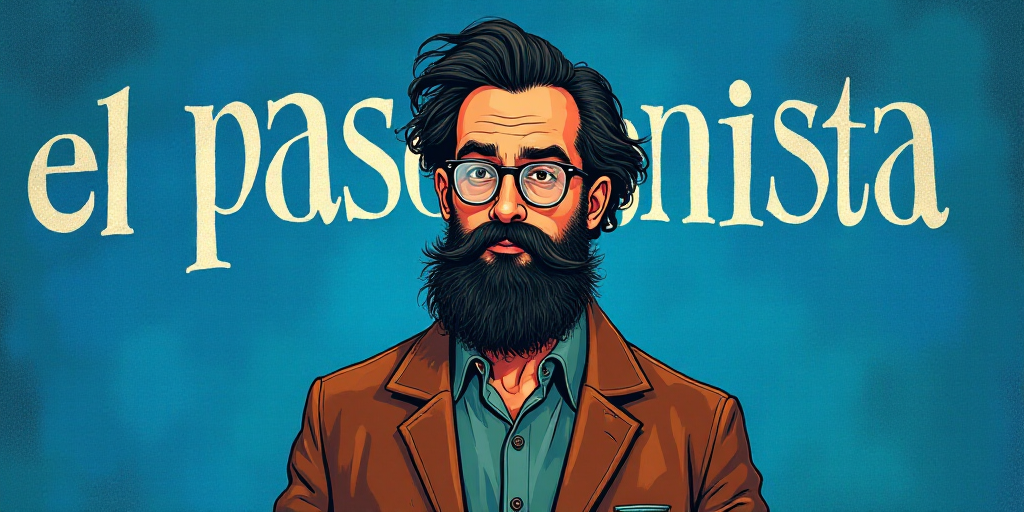Introduction
In Mexico, disruptive protests by organizations such as the CNTE (Coordinadora Nacional de Trabajadores Educativos) have become a recurring and tolerated practice. These protests include blocking key roads, federal highways, toll booths, city streets, and vandalizing public and private buildings. While such actions are deemed unacceptable in other democracies, they have become commonplace in Mexico.
Recent CNTE Protests and Their Impact
In recent weeks, the CNTE has closed access to Mexico City’s International Airport, occupied the Zócalo for weeks, surrounded Palacio Nacional, set fire to the SNTE headquarters, caused damage at the Secretaría de Gobernación, and prevented President Claudia Sheinbaum from inaugurating a hospital in Guerrero. The economic losses in the CDMX alone exceed 122 million pesos, but the highest cost is borne by ordinary citizens: their freedom of movement, right to work, and ability to live with certainty—along with thousands of children denied the education guaranteed by the Constitution.
Government Response and Challenges
The federal government has responded with patience, dialogue, and permissiveness, citing respect for constitutional rights to assembly and free expression. However, by protecting the few, it neglects the many. When a protest paralyzes extensive city areas, it’s not the government that suffers but workers arriving late, businesses losing customers, and patients lacking medical attention.
CNTE Demands and Their Feasibility
This year, the CNTE demands, among other things, what the government cannot or should not grant: the abrogation of the ISSSTE law, elimination of UMA for pension calculations, and a 100% salary increase. These demands raise questions about the legitimacy and practicality of such disruptive actions.
Reasons for Tolerating Disruptive Protests
- Lack of Clear Legal Framework: There’s no clear legal framework allowing the state to act firmly without violating rights. The Federal Criminal Code penalizes roadblock obstruction but is rarely enforced.
- CNTE’s Pressure Power: The CNTE can effectively pressure and collapse cities, forcing negotiations.
- Historical Repression Memories: Past government repressions inhibit the use of force, even when legitimate.
- Cultural Legitimization of Radical Protest: In certain sectors, radical protest is viewed as historical redress.
Government Inaction and Morenista Dilemma
Mexican protests can last weeks or even months without consequences. Governments, especially those from Morena, avoid acting to avoid appearing repressive or betraying the memory of 2006 when AMLO ordered a 40-day blockade of Paseo de la Reforma. That protest, costing lives and over 3,000 million pesos, paralyzed the city and legitimized disruptive protest as a political tool.
Morenistas’ Choice: Movement or Government
Morenistas in public positions must decide whether they want to remain part of a movement or become a governing body. Governing involves assuming costs, establishing rules, and enforcing them, even against allies. Public order is not authoritarianism; it’s the guarantee of rights for all. Allowing chaos is not governing; it’s relinquishing the responsibility to govern.






